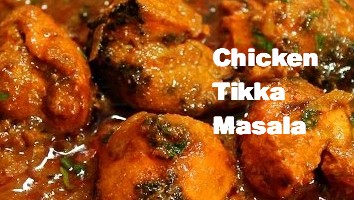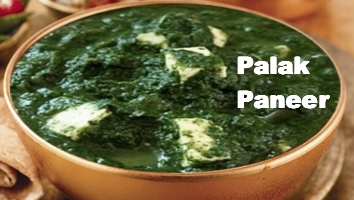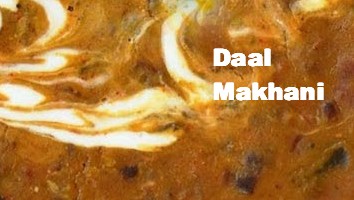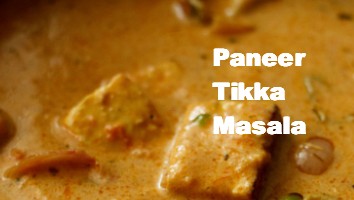The Traditional style of Indian eating is, Thali Style, different from what is customary in the west. Various dishes of all courses are served into small bowls (katoris), which are then neatly arranged on a large rimmed plate (thali). Rice, bread (Roti), pickles (achar) etc. are placed on the plate and this is fully arranged thali, which is served to each person.
In the south, the customary replacement for the thali is a banana leaf, These leaves are also used for formal events, such as wedding banquets.
But it is not necessary, of course, to stick to thali style or banana leaf of eating in order to enjoy Indian food. The western style of serving separate courses is also suitable, in fact it avoids the waste often associated with the thali style where it is difficult to judge everyone's preferences and capacity.
An ordinary meal compose of a main dish consisting of meat, poultry or vegetables and accompany it with Indian bread (in the north) or rice (in the south). There are no separate courses, and even dessert, if there is one, is trationally served with other dishes. For a more elaborate meal, include a selection of side dishes such as daals, vegetables, salad and raita. Pickles and chutneys are not essential but they add texture and taste to the the meal.
The Indian Traditional-Style of Eating with Fingers
Traditionally, the food in India is not eaten with a knife or a fork: Custom dictates that the right hand be used to pick up the food with the help of rice or bread that is always served with the food.
Most Indians, today also, eat with their fingers, which adds a highly sensual accent to the dining experience. Using fingers rather than a spoon or a fork is also logical especially when bread is served. Indian breads like Mexican tortillas are very soft and pliable. It is easy to tear a piece and use it to scoop up or wrap around main dish.









Opinions
Jack Lenox
Kevin Koehler
Ben Lowery
Neha Gajjar